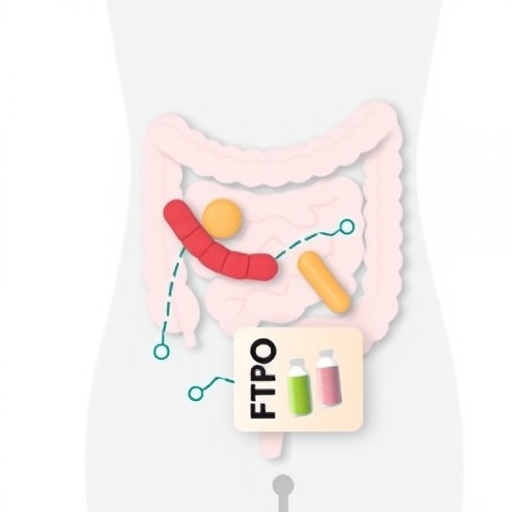Great majority of average-risk women with no symptoms will benefit from mammography every other year beginning at age 50
Philadelphia, April 9, 2019 – Average-risk women, between the ages of 50 and 74, who have no symptoms for breast cancer should undergo breast cancer screening with mammography every other year, the American College of Physicians (ACP) states in a new evidence-based guidance statement published today in Annals of Internal Medicine.
ACP’s guidance statement does not apply to patients with prior abnormal screening results or to higher risk populations, such as women with a personal history of breast cancer or a genetic mutation known to increase risk.
“Beginning at age 40, average-risk women without symptoms should discuss with their physician the benefits, harms, and their personal preferences of breast cancer screening with mammography before the age of 50,” said ACP President Dr. Ana María López, who is also a medical oncologist. “The evidence shows that the best balance of benefits and harms for these women, which represents the great majority of women, is to undergo breast cancer screening with mammography every other year between the ages of 50 and 74.”
Every other year mammography screening results in no significant difference in breast cancer mortality while substantially reducing screening harms when compared to annual screening. Women screened annually receive more abnormal results that do not represent an actual breast cancer diagnosis than women screened every other year (7.0% vs. 4.8%). These false-positive findings result in biopsies and surgeries that would otherwise not have been necessary.
About 20 percent of women diagnosed with breast cancer over a 10-year period will be overdiagnosed and likely overtreated. Overdiagnosis means a woman is diagnosed with a breast cancer that would not have made her sick or led to her death if not diagnosed or treated (overtreatment). Therefore, finding this cancer is not of clinical benefit to the woman.
Harms of breast cancer screening include false positive results (from a test showing an abnormality even though the woman does not have breast cancer), overdiagnosis, overtreatment, radiation exposure, and radiation associated breast cancers and breast cancer deaths, as well as worry and distress from tests and procedures including breast biopsies.
In an accompanying editorial, Joann G. Elmore, MD, MPH, and Christoph I. Lee, MD, MS, write: “The results of [ACP’s] assessment are 4 guidance statements that provide clarity and simplicity amidst the chaos of diverging guidelines. These ACP guidance statements represent convergence across differing recommendations while highlighting important points for physicians to consider in shared decision-making conversations with their patients about routine breast cancer screening.”
Recommended strategies vary for breast cancer screening in average-risk women. The age to start and discontinue mammography, screening intervals, the role of imaging methods other than mammography, and the role of clinical breast examination have been points of disagreement among guideline developers. Rather than developing a new clinical practice guideline in these circumstances ACP instead prepares and releases guidance statements that rely on evidence presented or referenced in selected guidelines and accompanying evidence reports. ACP guidance statements do not include new reviews or searches of the literature outside the body of evidence referenced by the reviewed guidelines.
In “Screening for Breast Cancer in Average-risk Women,” ACP reviewed guidelines from the American College of Radiology, American Cancer Society, American College of Obstetricians and Gynecologists, the Canadian Task Force on Preventive Health Care, the National Comprehensive Cancer Network, the United States Preventative Services Task Force, and the World Health Organization.
###
About the American College of Physicians
The American College of Physicians is the largest medical specialty organization in the United States with members in more than 145 countries worldwide. ACP membership includes 154,000 internal medicine physicians (internists), related subspecialists, and medical students. Internal medicine physicians are specialists who apply scientific knowledge and clinical expertise to the diagnosis, treatment, and compassionate care of adults across the spectrum from health to complex illness.
Media Contact
Steve Majewski
[email protected]




